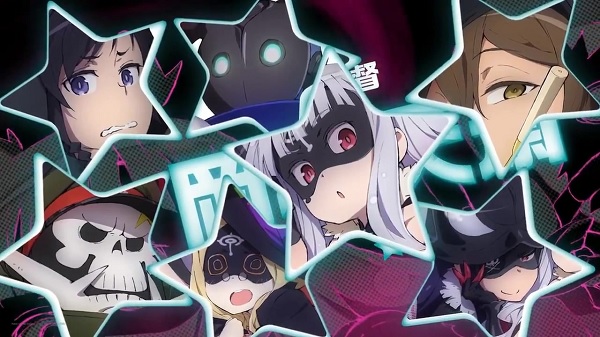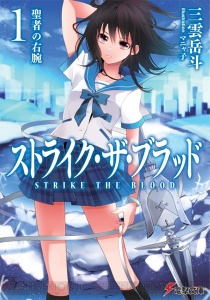 Title: Ender’s Game
Title: Ender’s Game
Genre: Sci-fi
Director: Gavin Wood
Studio(s): Chartoff Productions, Taleswapper ,OddLot Entertainment, K/O Paper Products, Digital Domain
Original Release: November 1, 2013
Running time: 114 minutes
Synopsis:
“Fifty years prior, an alien species called the Formics attacks Earth, killing millions, but the invasion is ended by a commander (Mazer Rackham) who rams his ship into an alien vessel, stopping the rest of their fleet. In response to the attack, humanity trains gifted children to become commanders. Cadet Andrew “Ender” Wiggin draws the attention of Colonel Hyrum Graff and Major Gwen Anderson.”
Review:
When approaching this film, it is hard to avoid the burden that it bears. Both from being a very popular novel (which I shall critique & condemn later) & the issues that the author Orson Scott Card stirred up with his pathetic rants against homosexuality & civil rights. The irony & hypocrisy of which I shall address in the later book review, so for now we shall focus on this adaptation & the burden that it brings.
Yet this burden is not one I can be bothered to bear, so I shall speak what I believe.
& that is: like the book before it, this film is simple & it is BORING.
There is no other or simpler way to put it really.
The film plays it straight to the source, dazzles with shiny CGI & yet it is boring.
But before we get into all that, there is one thing that I must address.
WHAT THE FUCK IS UP WITH BEN KINGSLEY’S ACCENT IN THIS?!
I love him as an actor but that is honestly the worst New Zealand Maori accent I’ve ever heard!
Why couldn’t they have gotten Temuera Morrison for the role. He would’ve been perfect & he has the blood accent!
No matter. On with the review.
I spent 3 years as part of my under-graduate degree at university specialising in Novel to Film adaptation classes, so it is an area that I know better than most. There is no fault with writer/director Gavin Hood’s use of the source material -for the most part- yet like the novel (which was adapted from an ever evolving short story) it is bare & being bare makes it boring.
The main issue is the brevity with which the story is told & develops.
There is meant to be a deadline point, an urgent need to turn Ender Wiggin from a smart little boy into a military genius but you do not feel the urgency of this need or the force of the threat throughout the entire film. Weeks & months are jumped without notice, so you’d honestly think that the film was taking place over the course of a few days. The sudden shifts in the Battle School point this out, as Ender if pushed up the ranks so quickly that you don’t know why. This could have easily been solved by something as cliched as a date bottom up in one of the corners or a count down timer, so it boggles one as to why they didn’t decide to go with this as a way to clarify chronology.
The other issue within the Battle School is so much time is spent building up to these training battles, explaining the rules & showing us the arena but there are only 2 actually battles within the film. I know that CGI is expensive & they couldn’t keep doing battle scenes because would drag the film out & make it boring for the audience (no slamming of the sloped brows in this writing session). Yet the Battle School was meant to show that Ender is a tactical genius but all we have to go by is being told by Graff & others that Ender is smart & the last great hope for humanity & that’s pretty much it.
That whole point that underscore the entire film really.
Why the acting is for the most part passable, there is no time spent developing characters. Especially Ender’s antagonists within the Battle School, such as Bonzo. All we get from Bonzo is that he is short & because he is short, he is a bully who wants to be obeyed. Every scene he is in, his lack of height & physical unattractiveness (based upon white middle American perceptions) is overplayed yet does not bring in any sense of threat. Some quips are made before his untimely exit about his father yet no previous mention of his father being of rank in the military is mentioned prior to that point.
Much seems cut out from the film, which plays to sloppy continuity editing really.
Many themes & ideas go under developed or ignored.
Especially the titular game that Ender plays in his free time.
In the novel it is his psychological dependence as well as the Deus Ex Machina for the end.
Within the film, we only get the latter without much build up.
I don’t mind that they cut how the whole Peter & Valentine (Ender’s older siblings) subplot because that was all needless political stuff & has no baring at all over Ender’s story arc but if they weren’t going to emphasis Peter’s cruelness & Valentine’s kindness beyond a few token scenes, why not cut them out film entirely?
Well, that would change a lot of character of Ender, so better to have them briefly if not at all but they could’ve done a bit more to show the impact that they had on Ender & how he views the world. Especially his desperate need not to be a homicidal sociopath like Peter, who kills because he can. There needed to be far more embellishment of Ender’s empathy beyond Graff, again, stating that he has it.
So, quick formula to close the review: lack of tension + lack of development + shiny CGI + rushed plot = fairly boring film.
No other way around it, children, it’s a boring film & not really worth your time unless you adore the book (in which case: you’ll hate it & have other issues in your life anyway).








































